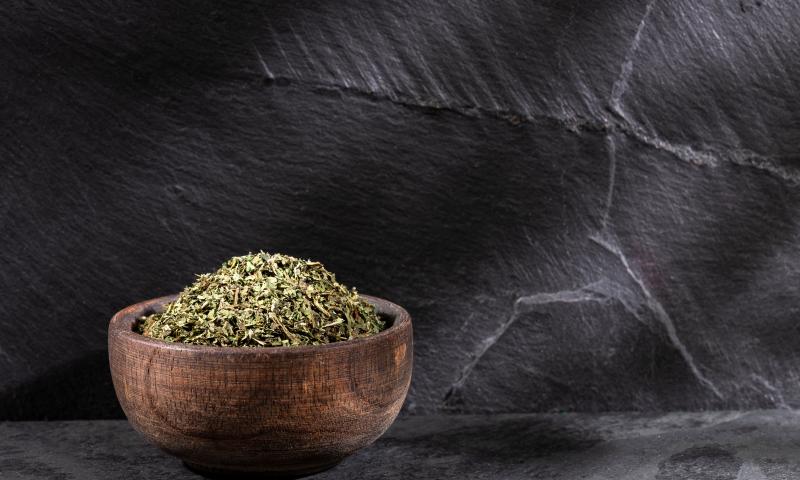 />
/>
Introduction:
Tarragon, scientifically known as Artemisia dracunculus, is a perennial herb prominent in culinary traditions around the globe. Often referred to as "the king of herbs" by the French, tarragon is esteemed for its distinctive taste and aromatic qualities. Beyond its culinary applications, tarragon is also known for its interesting botanical characteristics and historical significance.
Botanical Characteristics:
Tarragon belongs to the Asteraceae family, a lineage that includes daisies and sunflowers. This herbaceous plant typically reaches up to 2 to 4 feet in height and is marked by its slender, branched stems. The leaves of tarragon are long, narrow, and glossy, exhibiting a bright green hue that persists through its growing season. Its roots are rhizomatous, which allows it to spread and makes it a robust plant in the garden. Although tarragon does flower, its blooms are often sterile and inconspicuous, with the focus primarily on its flavorful foliage.
Chemical Composition:
The distinct aroma and taste of tarragon are attributable to its rich chemical composition. The primary constituent is estragole, also known as methyl chavicol, which imparts the characteristic anise-like flavor. Other important components include ocimene, phellandrene, and terpinolene. These volatile oils contribute not only to tarragon's sensory profile but also to its storied use in culinary and herbal traditions.
Historical Facts:
The use of tarragon dates back centuries and is interwoven with a tapestry of folklore and practical application. Believed to have originated in Asia, tarragon found its way to Europe where it became a staple in many cuisines, especially French. It was traditionally used to stimulate the appetite and was a common component in the gardens of monasteries where herbs were cultivated for both seasoning and preservation.
Taste:
Tarragon has a unique taste that is slightly bittersweet, with an underlying flavor reminiscent of anise or licorice. Its pungency is somewhat milder than that of other anise-flavored herbs, which makes it a versatile ingredient in the kitchen. It pairs exceptionally well with poultry, fish, egg dishes, and is integral to the classic French béarnaise sauce.
General Health Benefits:
Tarragon is noted for its potential general health benefits which are tied to its chemical constituents. The herb is a good source of phytonutrients and antioxidants. It is also recognized for its potential to help support digestion due to its natural compounds that may encourage gastric juices that facilitate digestion.
Indications for Use:
Culinary Use: Tarragon is best used fresh to season a variety of dishes. It can be incorporated into sauces, dressings, and marinades, or used as a garnish to add a hint of aniseed flavor.
Herbal Use: As a culinary herb, tarragon can be a part of a balanced diet to contribute to overall well-being. It is often included in herb mixes and teas, emphasizing its role in a holistic approach to a healthy eating pattern.
Conclusion:
Tarragon's rich flavor, aromatic qualities, and storied history have solidified its status as a treasured herb in both the kitchen and the garden. Whether used to enhance a gourmet meal or as part of a collection of herbs in a tea blend, tarragon continues to be celebrated for its versatile uses and potential benefits. Its enduring presence in culinary traditions across the world is a testament to the timeless appeal of this flavorful herb.
